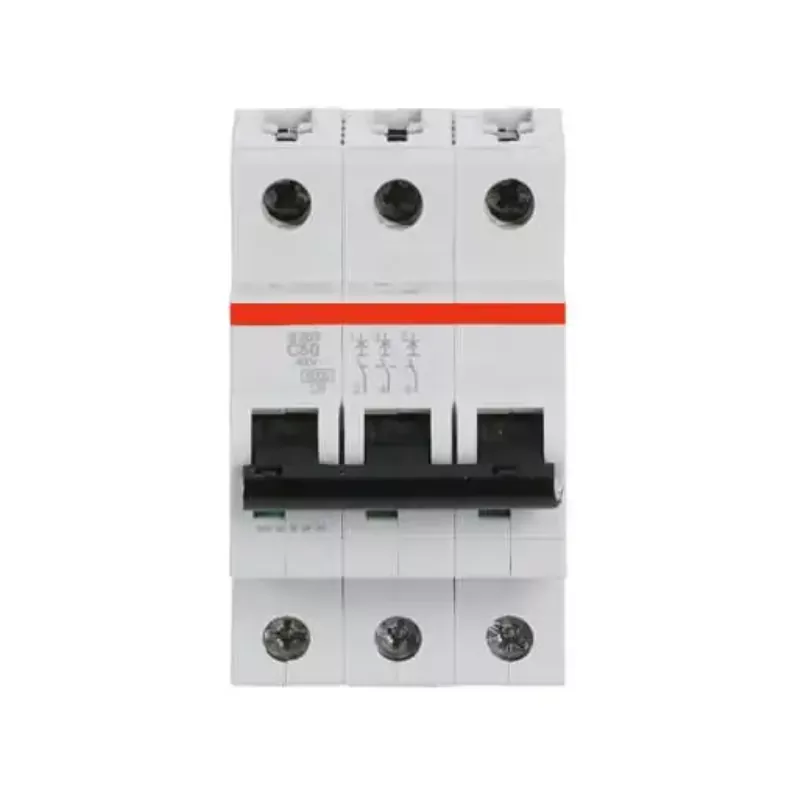What is the working principle of a universal circuit breaker?
2024-09-04
Universal circuit breakers are also called frame circuit breakers: they can connect, carry and disconnect currents under normal circuit conditions, and can also connect, carry and disconnect currents for a certain period of time under specified abnormal circuit conditions.
Principle:
The universal circuit breaker is a three-dimensional layout, and the contact system and the left and right side panels of the instantaneous overcurrent release are installed on an insulating board. The upper part is equipped with an arc extinguishing system, and the operating mechanism can be installed in the front or right side, with "open" and "close" indications and manual disconnection buttons. The upper left side is equipped with a shunt release, and the back is equipped with an undervoltage release connected to the release half shaft.
The fast saturation current transformer or current-voltage converter is sleeved on the lower busbar. The undervoltage delay device, thermal relay or semiconductor release can be installed separately at the bottom.
DW15-2000, 3200, 4000, 6300 circuit breakers are arranged in a three-dimensional form, consisting of a frame consisting of a base frame, side plates, and crossbeams. The contact system of each phase is installed on the base frame, and the arc extinguishing chamber is installed on it. The operating mechanism is in the right front of the circuit breaker and is connected to the contact system through the main shaft. The electric operating mechanism is connected to the mechanism through a square shaft and installed in the lower part of the circuit breaker as a whole. It is used for energy storage or direct closing of the circuit breaker. The closing after energy storage is undertaken by the energy release electromagnet. An anti-rebound mechanism is installed above the left side plate to prevent the circuit breaker from bouncing when disconnected. Various overcurrent releases are installed under the circuit breaker according to different requirements, and undervoltage, shunt releases and electric operation control parts are installed on the left side. The undervoltage and shunt releases are connected to the amplification mechanism through the release to reduce the tripping force of the circuit breaker.





